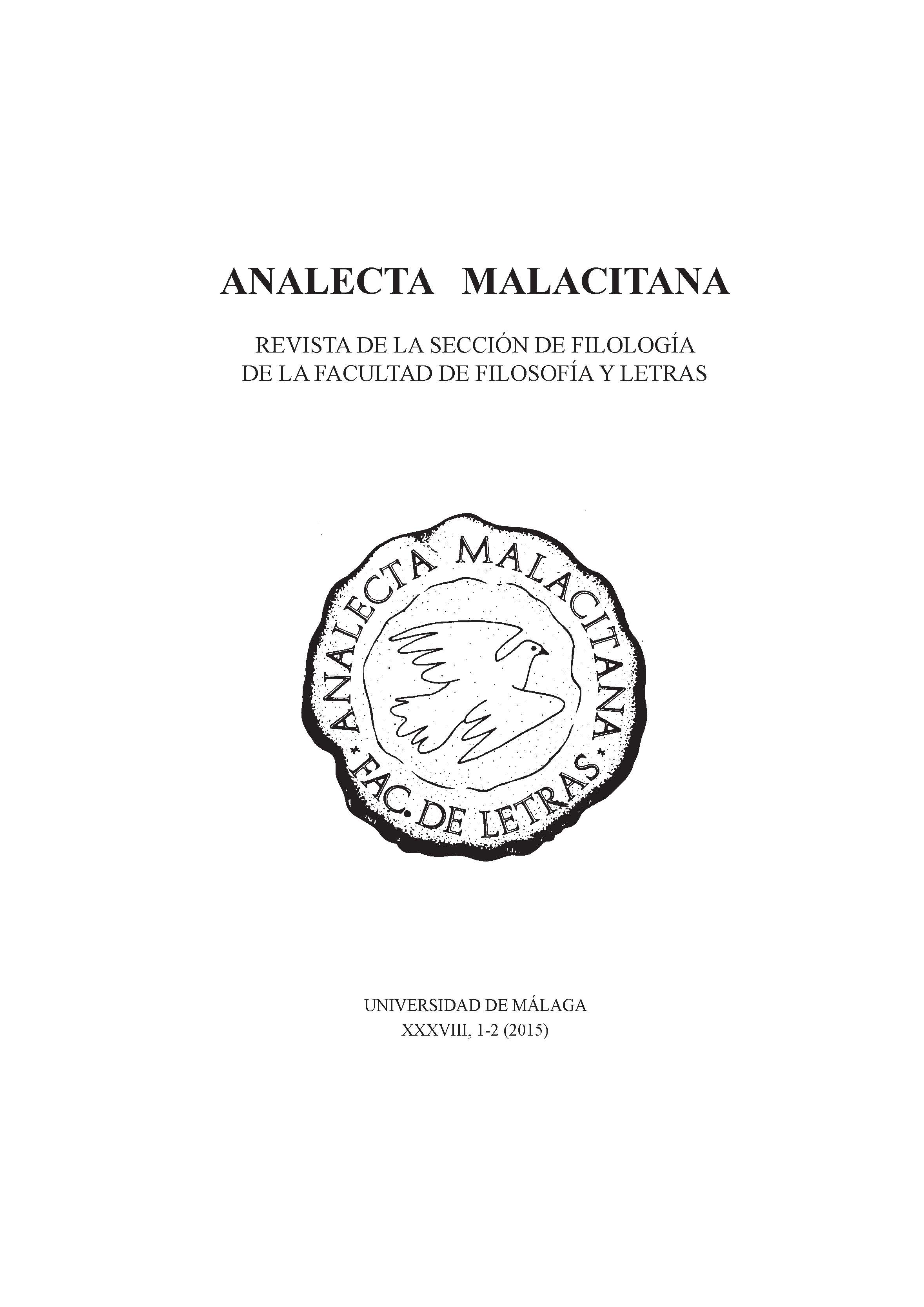Ioca seriaque: La faz del poeta y la cruz del racionero en los estribillos de Góngora (1581-1583)
DOI:
https://doi.org/10.24310/analecta.v38i1.4344Abstract
RESUMEN: Interpretación de los estribillos y ciertas estrofas de las cuatro primeras letrillas de Góngora. Se ofrecen las fuentes que se imitan y / o parodian, principalmente Diego Hurtado de Mendoza y Pedro de Padilla, y se muestran las operaciones cognitivas que instauran formalmente (mediante el rasgo de «iconicidad polifónica») las dos vías de la parodia gongorina. Planteo la existencia de un indéxico oculto de «citación / descitación» que explica este icono conceptual «de verdad poética»: se trata de extraer los índices del entrecomillado de palabras de una voz externa y proceder a su desentrecomillado con la voz del poeta mediante un signo de suscripción. Se muestra también el desarrollo de la «higa burlesca», concepto de una auténtica «poética del estribillo» gongorino basado en la actio elocutiva.
ABSTRACT: Interpretation of the choruses and some stanzas of the ? rst four letrillas of Góngora. The sources that mimic and / or parody, mainly Diego Hurtado de Mendoza and Pedro de Padilla, are offered, and cognitive operations that formally establish (through the feature of «polyphonic iconicity») the two routes of the parodic demysti? cation are shown. I propose the existence of a hidden indexical of «quotation / disquotation» that explains this conceptual icon «of true poetic»: one must extract the indexes of quoted words of an external voice and proceed to their disquotation with the poet’s voice by a sign of subscription. The development of the «burlesque higa», concept of an authentic gongorine «poetic chorus» based on actio elocutiva, is also shown.
Downloads
Metrics
Downloads
Published
How to Cite
Issue
Section
License
In the Analecta Malacitana Journal we are clearly committed to a policy of open access to scientific knowledge (See the Berlin Declaration).
Those authors who have publications with this journal accept the following terms:
This journal provides immediate free access to its content on the principle of making research freely available to the public. All content published on Margins is subject to the Creative Commons Attribution-No Derivatives 4.0 International license.
It is the responsibility of the authors to obtain the necessary permissions of the images that are subject to copyright.
Authors whose contributions are accepted for publication in this journal will retain the non-exclusive right to use their contributions for academic, research, and educational purposes, including self-archiving or deposit in open access repositories of any kind.
The electronic edition of this magazine is edited by the Editorial of the University of Malaga (UmaEditorial), being necessary to cite the source in any partial or total reproduction.
The authors may adopt other non-exclusive license agreements for the distribution of the version of the published work (for example: deposit it in an institutional telematic archive or publish it in a monographic volume) provided that the initial publication in this magazine.
Authors are allowed and recommended to disseminate their work through the Internet (for example: in institutional telematic archives or on their web page) before and during the submission process, which can produce interesting exchanges and increase citations to the published work. (See The effect of open access.)





25.png)
